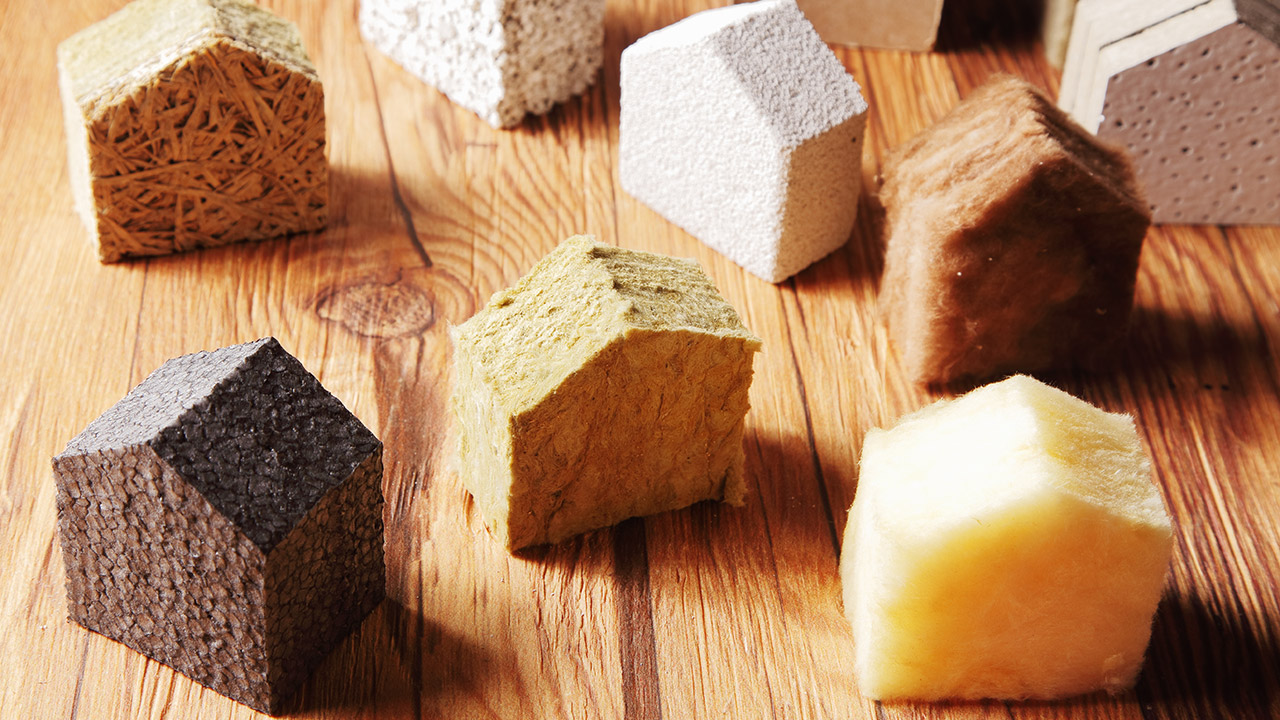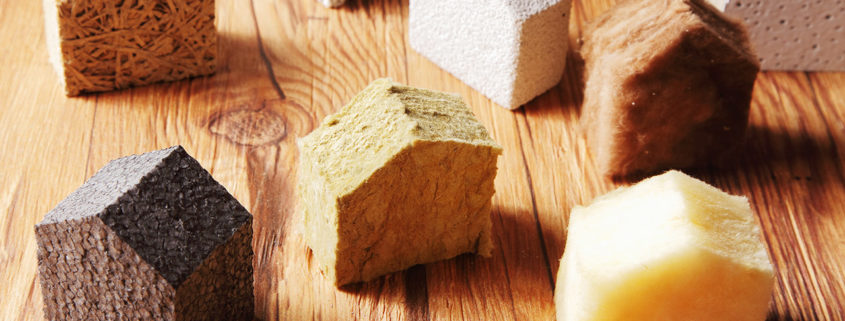What Are Your Options For Home Insulation?

When it comes to revamping your home, you’d probably rather focus on projects that will improve the visual esthetics of the space. New kitchen cabinets, refinished hardwood floors, and updated light fixtures are the types of cosmetic jobs that can really make a big difference in the look of your home. But what’s behind the walls and hidden from plain view is just as important for a comfortable, efficient home.
Insulation plays a critical role in reducing the exchange of air between the inside and outside of your home, which means less cool air will escape. If you’ve got your air conditioner running, you don’t want to be wasting energy (and money) operating this unit only to have a good chunk of this cooled air lost to the outdoors. Insulation is therefore crucial for maximum energy efficiency.
The “R-value” of a certain type of insulation measures it effectiveness, whereby the “R” represents resistance to heat flow. The higher the R-value, the better the insulation. The walls in your home aren’t the only areas in the home that should be insulated. Other areas include the attic, foundation walls, floors over crawlspaces, and walls and floors between an attached garage.
Whether you’re planning a renovation or are simply looking to improve the insulation – or lack thereof – in your home, here are some of your options.
Batt and Blanket
This is the more common type of insulation and is made of fiberglass, rock wool, or cotton. They come in rolls that can be easily cut to the desired length. It’s important that this type of insulation is precisely cut to fit around awkward spots, such as around electrical wiring or plumbing pipes. If it is stuffed in these spots carelessly, it can lose as much as 50% of its effectiveness.
Fiberglass batting comes with an R-value between 3 to 4 per inch and is widely available. The main issue with fiberglass – aside from the fact that it can cause itching when installing it – is that it contains phenol formaldehyde which has been linked to cancer.
Rock wool has an R-value between 4 to 5 per inch, and is more fire-resistant compared to fiberglass and makes use of a lot of recycled content. The downside to rock wool is that it tends to retain moisture, so if it gets wet or damp, it can be a breeding ground for mold.
Cotton batting has an R-value of 3.5 to 4 per inch and consists of a minimum of 85% recycled materials. However, it’s more expensive and not as widely available compared to other materials.
Loose Fill
This type of insulation is made up of ground-up fiber that’s been treated with fire retardants and is blown into spaces using special equipment. It’s usually pricier compared to batt and blanket insulation, but it is much more effective at filling in gaps and corners, which means it can help reduce air leakage and provide optimal sound insulation. Loose fill insulation comes with an R-value of 3 to 4 per inch.
Spray Foam
While more expensive than batt and blanket insulation, spray foam comes with an R-value between 4 to 6.5 per inch. It’s also great at creating an air barrier that virtually eliminates the need for other tasks to cut down on air leakage, such has caulking.
Spray foam insulation comes in either open-cell or closed-cell polyurethane. Open-cell polyurethane spray foam is able to stop the movement of air, but allows moisture to pass through, which means a moisture barrier will also need to be added. This type of spray foam is cheaper than closed-cell polyurethane, but its R-value is much lower.
Closed-cell polyurethane spray foam also stops the movement of air, but goes a step further than open-cell polyurethane by inhibiting the passing of moisture as well. It has an R-value of 6 to 6.5 per inch.
Rigid Insulated Panels
Rigid insulated panels offer much more energy efficiency compared to other types of insulation, but they are also much more expensive. These are ideal when replacing large surfaces, such as roofing, siding, or crawl spaces. Some panels come with tongue-and-groove edges that allow for a tight seam that’s highly energy-efficient. Polystyrene panels have an R-value of 4 to 5 per inch, while polyisocyanurate/polyurethane panels are as high as 6 to 8 per inch.
The Bottom Line
The type of insulation you choose will depend on a number of factors, including the actual space being insulated, and your budget. One thing is for certain – insulation is certainly not one of those jobs that you want to cut corners on. Any effort or money that you might want to save on today will only cost you a lot more in the future in energy loss.



